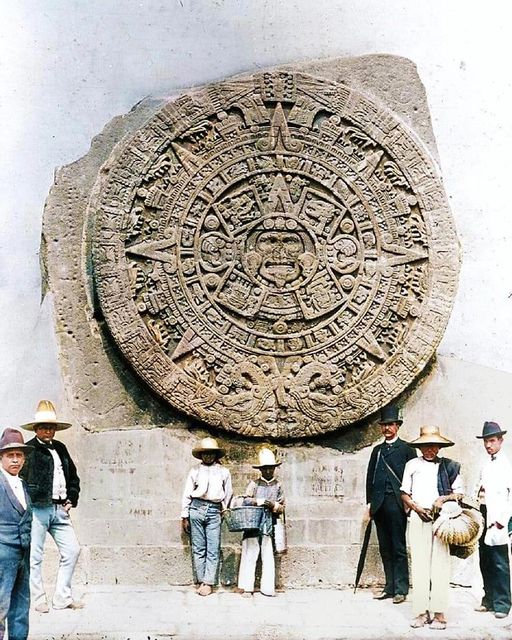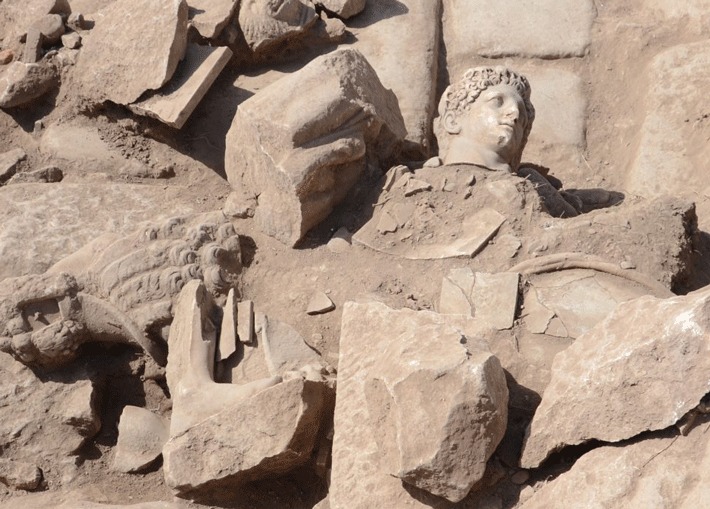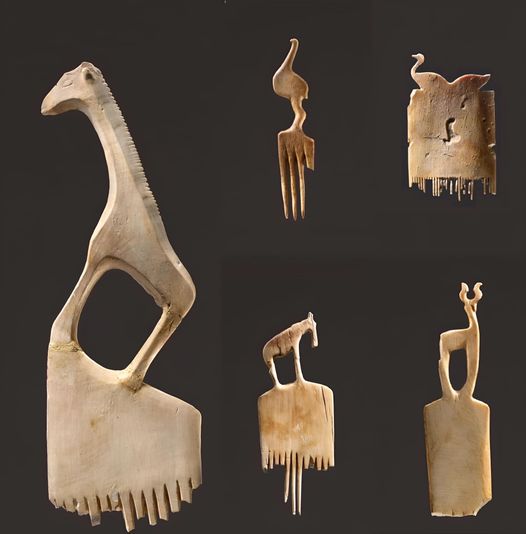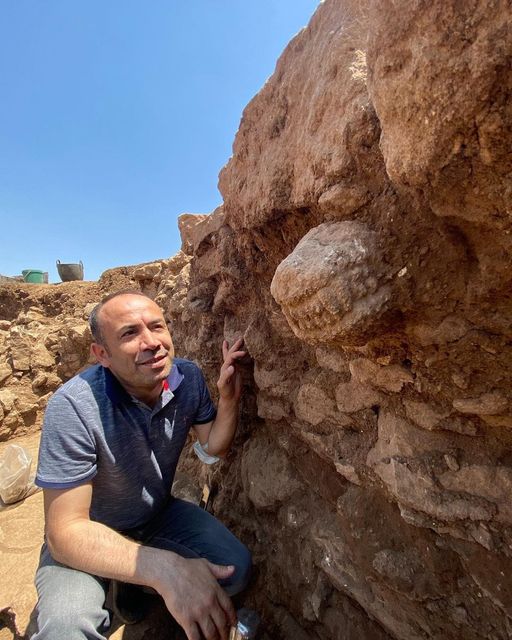Atop the Acropolis in Athens stands one of the most iconic and enduring symbols of ancient Greece: the Parthenon. Within this magnificent temple dedicated to the goddess Athena, one finds a treasure trove of artistic marvels, including the renowned Parthenon frieze. Created between 443 and 437 BCE, the Parthenon frieze is a masterpiece of classical artistry, depicting a procession of gods, goddesses, and mortals in a stunning display of sculptural beauty.
Exploring the Parthenon Frieze - A Masterpiece of Ancient Greek Art
Atop the Acropolis in Athens stands one of the most iconic and enduring symbols of ancient Greece: the Parthenon. Within this magnificent temple dedicated to the goddess Athena, one finds a treasure trove of artistic marvels, including the renowned Parthenon frieze. Created between 443 and 437 BCE, the Parthenon frieze is a masterpiece of classical artistry, depicting a procession of gods, goddesses, and mortals in a stunning display of sculptural beauty. In this blog post, we embark on a journey to uncover the secrets and significance of this ancient masterpiece, as we delve into the world of Costas Lakafossis and his remarkable contributions to its preservation.

Unraveling the Narrative: A Closer Look at the Parthenon Frieze
Stretching along the inner walls of the Parthenon, the frieze spans over 160 meters and depicts scenes from the Panathenaic procession, an annual festival honoring the goddess Athena. Carved in low relief, the frieze captures the dynamic movement and graceful elegance of its subjects, offering viewers a glimpse into the religious and cultural life of ancient Athens. From the solemn figures of gods and goddesses to the spirited horsemen and musicians, each detail of the frieze reflects the skill and artistry of its creators, who labored tirelessly to bring this monumental work to life.
Costas Lakafossis: Guardian of Ancient Treasures
Throughout history, the Parthenon frieze has faced numerous challenges, from weathering and erosion to human intervention and political strife. Yet, thanks to the dedicated efforts of individuals like Costas Lakafossis, the frieze has been preserved for future generations to admire and study. As a renowned archaeologist and preservationist, Lakafossis played a pivotal role in the restoration and conservation of the Parthenon frieze, employing innovative techniques and technologies to protect this invaluable piece of cultural heritage.
A Legacy of Discovery: Ancient Treasures Unearthed
As we marvel at the beauty and significance of the Parthenon frieze, we're reminded of the countless ancient discoveries that continue to enrich our understanding of the past. From the majestic ruins of ancient cities to the intricate artifacts unearthed by archaeologists, each discovery offers a window into the lives and civilizations of our ancestors. By studying these ancient treasures and preserving them for future generations, we honor the legacy of those who came before us and ensure that their stories endure for centuries to come.
Conclusion: Celebrating the Parthenon Frieze and Its Enduring Legacy
In conclusion, the Parthenon frieze stands as a testament to the ingenuity, creativity, and cultural richness of ancient Greece. Through its exquisite craftsmanship and timeless beauty, the frieze continues to captivate and inspire audiences around the world, serving as a poignant reminder of the enduring legacy of classical art and civilization. As we reflect on the contributions of individuals like Costas Lakafossis and the countless ancient discoveries that have shaped our understanding of the past, we're reminded of the importance of preserving and celebrating our shared cultural heritage for generations to come.










